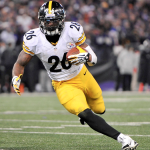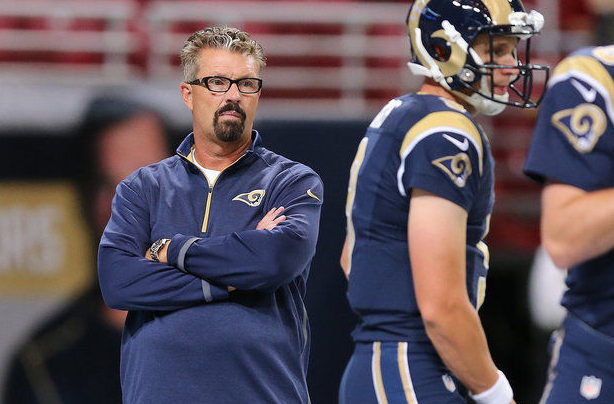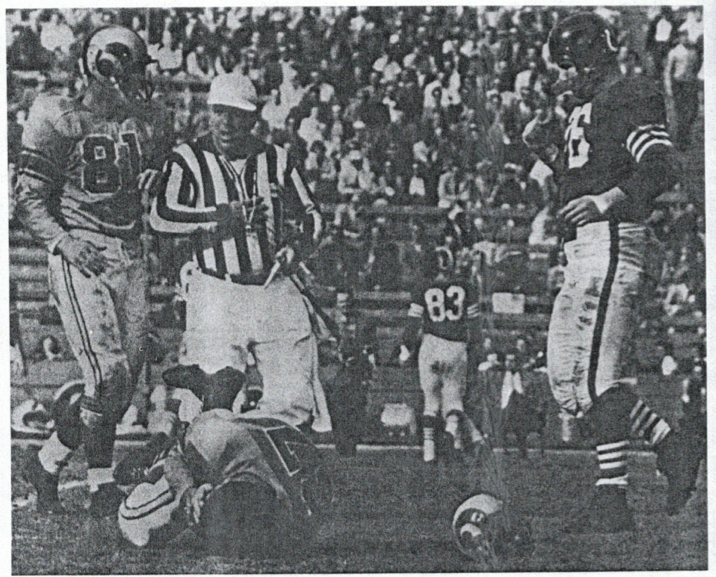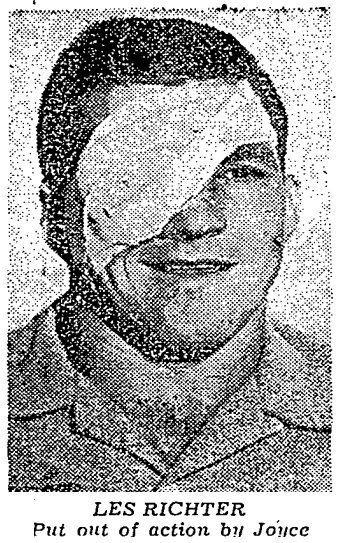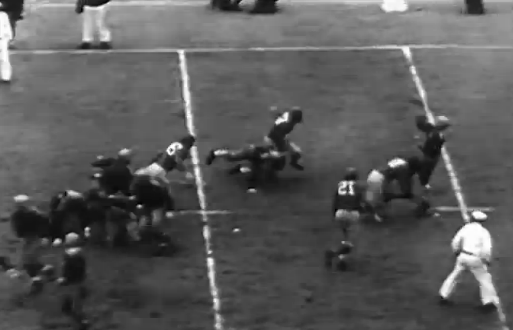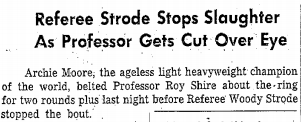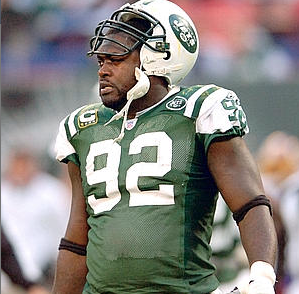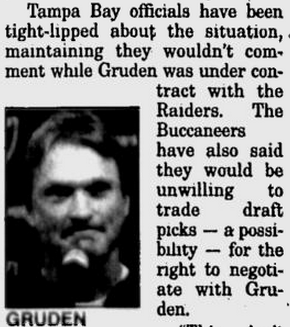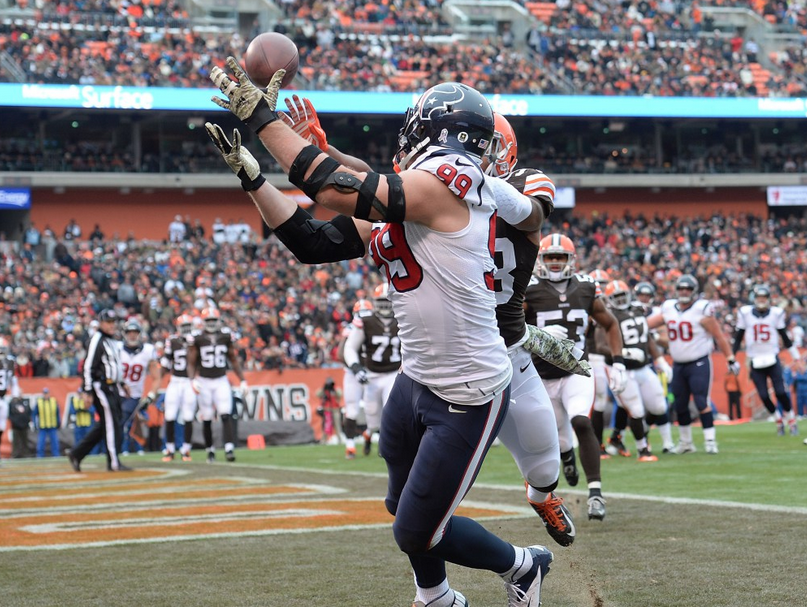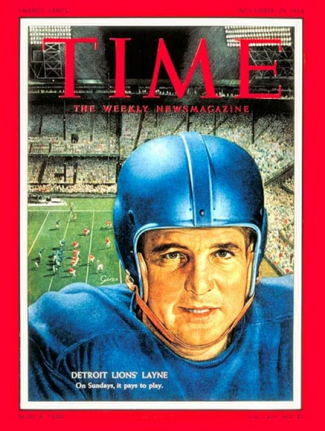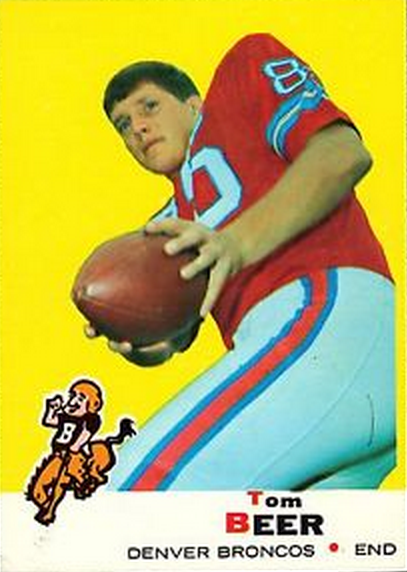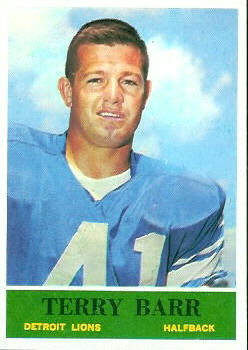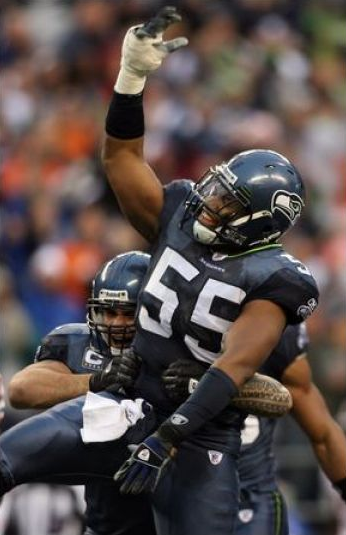We had one of those classic TV moments Monday night in the fourth quarter of the Packers-Falcons game. Julio Jones was tearing up the Green Bay secondary, had just gone over 200 yards, and Jon Gruden said something like, “I don’t know what the record is for receiving yards in a game, but . . . .”
I’ll stop there so you can fully appreciate the willing ignorance of those words. Don’t get me wrong; I don’t expect football analysts to be walking encyclopedias, especially former coaches. 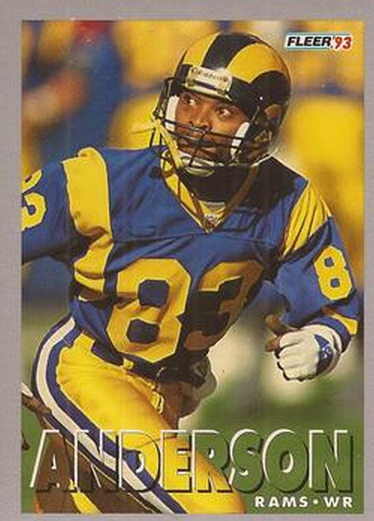 Coaches live such a hermetic existence that I’d surprised if many of them know the price of milk. For a guy like Gruden, it’s his grasp of X’s and O’s that matters most.
Coaches live such a hermetic existence that I’d surprised if many of them know the price of milk. For a guy like Gruden, it’s his grasp of X’s and O’s that matters most.
Still, this isn’t exactly a $1,000 Jeopardy! question. You’d think Jon or his partner, Mike Tirico, would at least be aware that the record was somewhere in the 300s, and that Jones was well short of it. Typically, though, they had to wait for someone on their support staff to prompt them: Flipper Anderson holds the mark with 336 for the Rams against the Saints in 1989.
To me, it’s yet another example of how little respect is paid to pro football’s past. Here you have two well-known sportscasters, both earning millions a year, and they can’t even be bothered to familiarize themselves with a few numbers — I’m sure 336 isn’t the only one — that might come in handy during the course of the evening, that might help them provide some Instant Context.
I mean, you’re covering a game. Why wouldn’t you know, off the top of your head, what the record is for receiving yards in a game? Is it really too much to ask? (Or is such “minutiae” the province of unpaid interns?)
OK, I’ve had my say. Let’s get back to Jones and the real subject of this post: hot receivers. In back-to-back games, the Falcons’ go-to guy has had 189 receiving yards against the Cardinals and 259 against the Packers – 448 total. How many receivers in NFL history have had a better two-week stretch than that?
Well, it depends on how you define “better.” In terms of yards, I’ve found five, all in the 2000s:
MOST RECEIVING YARDS IN BACK-TO-BACK GAMES (SINGLE SEASON)
[table]
Year,Receiver\, Team,First Game,Second Game,Yards
2013,Josh Gordon\, Browns,237 vs. Steelers,261 vs. Jaguars,498
2013,Calvin Johnson\, Lions,155 vs. Bengals,329 vs. Cowboys,484
2012,Andre Johnson\, Texans,273 vs. Jaguars,188 vs. Lions,461
2011,Calvin Johnson\, Lions,244 vs. Packers,211 vs. Saints*,455
2006,Chad Johnson\, Bengals,260 vs. Chargers,190 vs. Saints,450
1989,John Taylor\, 49ers,162 vs. Falcons,286 vs. Rams,448
2014,Julio Jones\, Falcons,189 vs. Cardinals,259 vs. Packers, 448
1995,Jerry Rice\, 49ers,289 vs. Vikings,153 vs. Falcons,442
1945,Jim Benton\, Rams,128 vs. Cardinals,303 vs. Lions,431
1950,Cloyce Box\, Lions,123 vs. Yanks,302 vs. Colts,425
[/table]
*playoffs
I turned it into a Top 10 so I could include the two golden oldies, Benton and Box. Can you imagine having consecutive games like that in the ’40s and ’50s? Good lord.
Benton is a borderline Hall of Famer in my book. When he retired after the 1947 season, his 288 catches for 4,801 yards and 45 touchdowns were second only to Packers great Don Hutson.
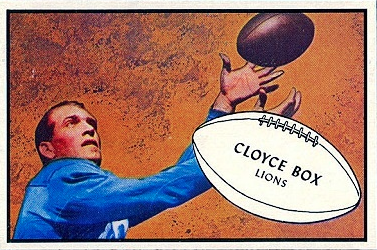 As for Box, he played just six seasons of pro ball because of two stints in the military — the first during World War II, the second in Korea — but he did some serious damage in those six seasons. He had two hot streaks, in particular, that were extraordinary.
As for Box, he played just six seasons of pro ball because of two stints in the military — the first during World War II, the second in Korea — but he did some serious damage in those six seasons. He had two hot streaks, in particular, that were extraordinary.
Hot streak No. 1: In the two games listed in the chart, Box had seven touchdown catches (3 vs. the New York Yanks and 4 vs. the Baltimore Colts). No other NFL receiver, not even Jerry Rice, has had more than six in two games.
Hot streak No. 2: In 1952 Box had three straight three-TD games (vs. the Packers, Bears and Dallas Texans). Nobody else has ever done that, either. In fact, the only other receiver to catch nine scoring passes in a three-game span, near as I can tell, is Art Powell of the AFL’s Raiders in 1963.
So if you’re talking “hot,” who has ever been hotter over a two-game stretch than Box, who caught 16 passes for 425 yards and 7 touchdowns (lengths: 17, 65, 21, 82, 67, 32 and 22 yards).
For that matter, who has ever been hotter over a three-game stretch than Box? His totals for his ’52 streak were 21 receptions, 490 yards and 9 TDs — giving him an average game of 7-163-3. Amazing.
Why don’t we rework the chart to account for touchdowns? After all, the scoreboard keeps track of points, not yards. Here’s how it would look:
MOST RECEIVING YARDS IN BACK-TO-BACK GAMES (TDS INCLUDED)
[table width=”325px”]
Year,Receiver\, Team,Yards,TD
2013,Josh Gordon\, Browns,498,3
2013,Calvin Johnson\, Lions,484,3
2012,Andre Johnson\, Texans,461,1
2011,Calvin Johnson\, Lions*,455,3
2006,Chad Johnson\, Bengals,450,5
1989,John Taylor\, 49ers,448,3
2014,Julio Jones\, Falcons,448,2
1995,Jerry Rice\, 49ers,442,3
1945,Jim Benton\, Rams,431,3
1950,Cloyce Box\, Lions,425,7
[/table]
*includes playoff game
How do you like Box now? His seven touchdowns are more than double the total of every other receiver except Chad Johnson, who scored five.
Not that Gruden and Tirico should know any of this. They’re busy men with a lot on their plates. But it would be nice if they had a rough idea of what the record was for receiving yards in a game.
Source: pro-football-reference.com
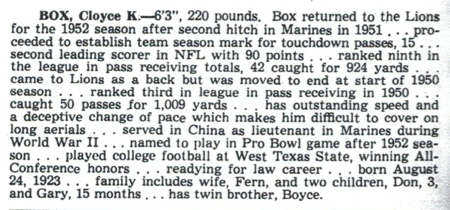
From the Lions’ 1953 media guide.

